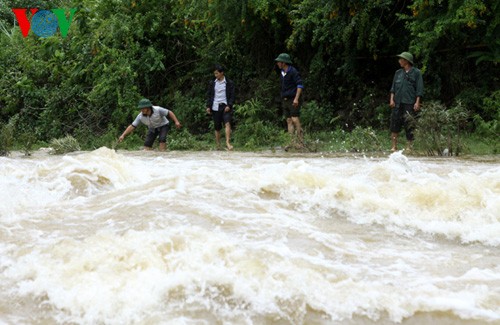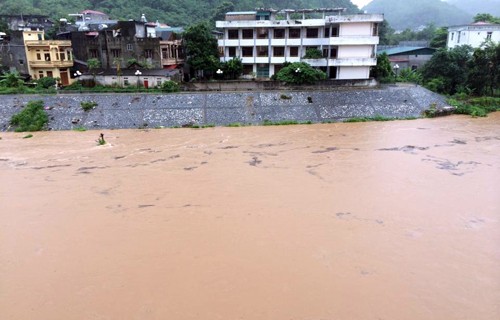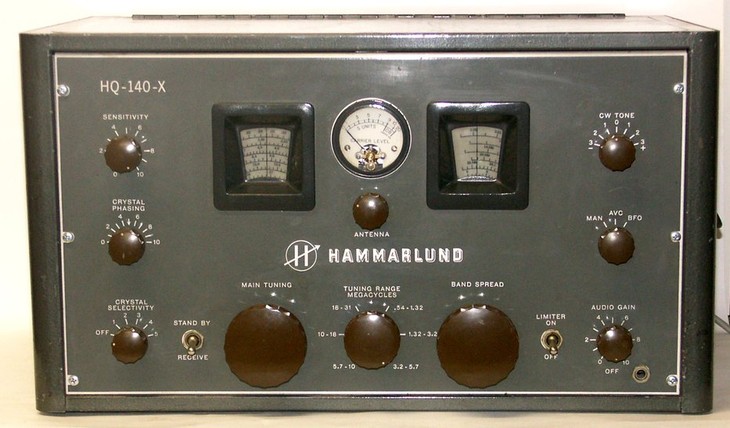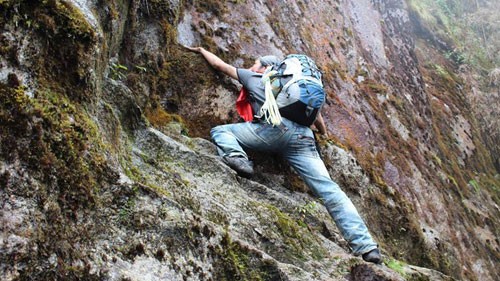A: Soumya Bhattacharya of India wrote to us on July 18 saying that there is a very weak monsoon in West Bengal this year and due to less rainfall the weather is very hot and humid.
B: Well, there is less rainfall in your place while many provinces in Vietnam are inundated after typhoon Rammasun hit the northern coast last Saturday and traveled deep inland. It has claimed the lives of 27 people in the 12 northern provinces it swept through. In Lang Son, the hardest hit province, rising floodwaters prompted an evacuation of more than 5,500 families from low-lying areas to higher ground. Lang Son has 5,800 inundated houses out of the total 5,900 houses in the northern mountainous region. Heavy rains causing landslides have blocked traffic between Lang Son, Lai Chau, Bac Kan, Ha Giang, and Son La provinces.

Many localities have been isolated by floods and landslide after typhoon Rammansun hit Vietnam's northern mountain provinces |
A: The typhoon also caused heavy economic losses as more than 3,400ha of rice and subsidiary crops were deep under water. We are at the beginning of the rainy season with Rammasun the second typhoon. The national weather forecast center predicts that from 11 to 14 typhoons will develop in the East Sea this year and 6 to7 typhoons and tropical pressure will directly affect Vietnam.
B: As a coastal country, Vietnam has frequently been affected by storms and floods. But in recent years, storms have increased in intensity and frequency due to global climate change. We just wish that no more life would be taken in the coming typhoon.
 |
Ha Giang city was inundated and traffic was blocked
|
A: Now, let’s get back to Soumya’s letter. He wrote: “Recently I have visited VOV’s website many times to check out about programmes and news. I was happy to read scripts of many programmes including the old Letterbox shows. It is so nice that I can read it just in case I miss a broadcast. I have bookmarked the website on my mobile phone browser. From mobile device it was easy to navigate and I hope to spend more hours exploring the content there.”
B: Soumya continued to write: “I wish there was an archive of the old letterbox shows around maybe from the year 2005/2006 when I had my first communications with VOV and my letters were read on the air. I was studying in junior school at that time and such on air mentions of my name was so exciting to me.”
A: Thank you very much Soumya for your interest in our program and staying in touch with us for nearly 10 years. We are happy to know that our program is a joyful and informative source of entertainment for you. On our website we have the Letter Box articles from 2011 when our website was established but don’t have the audio files. VOV’s audio archives don’t store all files from several years ago, except files of very important events.
B: Next year, when you will have listened to us for 10 years, please send us your oldest QSL card from VOV and we’ll reward your listening with a special gift. Here I have a letter from Zachary Zarzycki from the US. He tuned in to our station at 12050 khz from Youngstown, Ohio. He noted that the signal came in very strong and clear. He was able to hear all the details using a long wire antenna attached to a Hammarlund HQ-140-x receiver. It’s a very old receiver which uses vacuum tubes but works very well.

Photo of a Hammarlund HQ-140-x receiver on shortwaveradio.ch |
A: It’s interesting that some DX-ers are using vintage receivers like yours. Your reception report is specific and sufficient for us to verify. As you recognized at the end of our program the signal was beginning to drift lower and after tuning down a little bit it comes in clear again. Signal began to broadcast again in another language.
B: You’re right. When the English program ends, another language will begin 2 minutes later. Our station broadcasts programs in 12 languages continuously: English, French, German, Spanish, Russian, Laotian, Thai, Khmer, Indonesia, Mandarin, Japanese, and Vietnamese for overseas Vietnamese. Many of our listeners often listen to two continuous programs.
 |
| Hue Imperial City |
A: Yesterday we got an email from Gerry Newmann and a report for the program on July 21. He rated the signal quality at 43443 which is stable as it has been over the last two weeks. As usually, Gerry noted down major contents and what impressed him most. “Included in the programme was the news that the typhoon had caused 4 deaths in the north. Sports and Cultural Roundup included items about the translation of poems into Vietnamese from the Polish language, a singing contest launched in Hanoi, Vietnam-Japan cultural exchange in Da Nang City, sculpture exhibition in Hanoi, and a Vietnamese badminton player competing in the USA. The Sunday Show was about the efforts to maintain and preserve folk songs and the script of the Tay ethnic group.”
B: Gerry said he’s always interested in learning more about the 54 ethnic groups in Vietnam, so he regularly tunes in to ‘Colourful Vietnam’ and other features on VOV. Gerry continued to write: “I’m sorry that I was unable to come to Hanoi during my recent month-long stay in Hue City. This was due to a minor health problem that forced me to cancel my plan. I hope that I’ll be able make the trip to Hanoi and VOV studios next time!”
A: We are sorry to hear that Gerry. How are you now? Early this month, we were waiting for your visit as you told us in a letter in late June. We look forward to meeting you next summer. Some of our listeners ask us about Vietnam’s mountains and the biggest one. We have some information from the vietnamtourism.com.
 |
A mountain climber heads to the summit of Fansipan Mountain which is called the Roof of Indochina
|
B: Three quarters of Vietnam's territory consists of mountains and hills. Vietnam is divided into four distinct mountainous zones. The northeastern zone stretches from the Red River basin to the Gulf of Tonkin. There are many beautiful grottos and waterfalls and the highest mountain peak here reaching 2,340 meters above sea level.
A: The northwestern zone is comprised of mountains that run from the north of the Chinese-Vietnamese border to the west of Thanh Hoa Province. This magnificent mountain range is well-known for its resort town of Sapa in Lao Cai Province, which is 1,500 meters above sea level. Other world famous sites are the Dien Bien Phu and Fansipan Mountain, which is 3,140 meters above sea level.
B: The north Truong Son zone runs from the western part of Thanh Hoa Province to the Quang Nam-Da Nang Mountains. This region is known locally for its picturesque Phong Nha Grotto and its two breathtaking passes, the Ngang Pass and the Hai Van Pass. It is also known worldwide for being the location of the legendary Ho Chi Minh Trail constructed during the second resistance war.
A: Behind the huge south Truong Son range is a vast area of red soil known as the Central Highlands. There are numerous legendary accounts of the flora and fauna and of the lives of several different ethnic minorities living in the Central Highlands. Dalat, established during the 19th century, is a popular resort town in this part of Vietnam.
B: That’s a brief introduction of Vietnam’s mountains. If you want more details, you can read on the website of the Vietnam National Administration of Tourism. That’s it for today’s program on VOV. We’ll verify your reception reports and we hope you receive our QSL cards soon. We welcome your letters at: English section, Overseas Service, Radio Voice of Vietnam, 45 Ba Trieu Street, Hanoi, Vietnam. Or you can email us at: englishsection@vov.org.vn. You’re invited to visit us online at www.vovworld.vn, where you can hear both live and recorded programs. Good bye until next time.